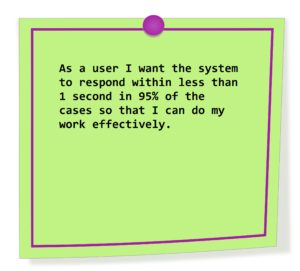Software Quality is Free
In 1980 Philip Crosby wrote the book Quality is Free. In the book he explained how investing time and energy in building the right products with good quality will save money and time. Many agile teams know how important software quality is, but they need to convince their managers and other stakeholders to get there. It will help them to self-organize and do their work in a good way. Let's explore how you can sell that "quality is free" and build a business case for quality.



